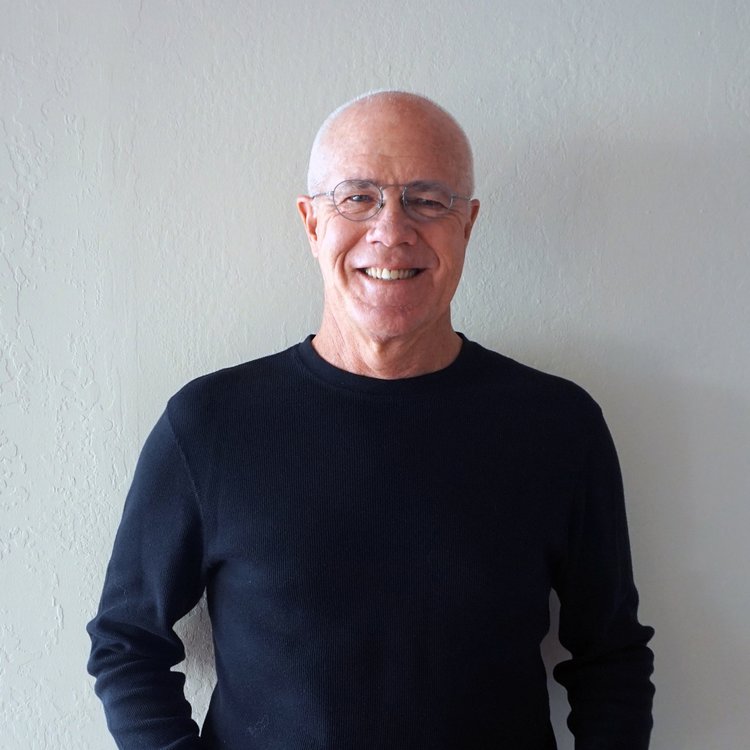First Hit: Certainly not as good as the original, but at least we’ve got “women” involved.
I never thought of the “Men in Black” as a domestic only group, but I guess I was wrong. I mean, how could aliens be on earth and only lived in the United States? So for me, the premise in the title was weak.
We begin with young Molly (Mandeiya Flory) looking out her window witnessing her parents being neuralysed by Men in Black (MiB) agents because of a commotion in the house. The uproar came from a young alien the agents were tracking, and Molly thinks it’s cute, so she helps the alien escape, but not before learning a word from the alien. You know that this will mean something later in the film.
We jump some twenty years into the future and Molly (Tessa Thompson) is still focused on becoming a MiB agent to work with aliens because she likes the alien she met and saw what happened to her parents after they were neuralysed. We are meant to believe that the single early childhood event has become her singular whole life focus.
Attempting to find where MiB headquarters is located in NYC, Molly sets up computers to track incoming aliens. Finding a MiB encounter, she follows the agents back to their offices. Slipping into the building, she gets caught and quickly tells them, she wants to become an agent carrying a neuralyser. After extensive interviews, she’s given a chance to prove herself as a probationary Agent M.
Her assignment takes her to London (hence the International in the title), where she meets High T (Liam Neeson) who assigns her to work with Agent H (Chris Hemsworth).
Agent H is shown in several scenes to be a play-boyish rogue of sorts, loving to gamble, and drink taboo elixirs. Agents H and M are assigned to meet Vungus, the Ugly of royal alien family heritage. But during this meeting, Vungus is killed by evil twins who can manifest themselves as pure energy.
Because Vungus gives M a secret weapon before he dies, she and H are being tracked by the twins who want this weapon to destroy Earth. Will M and H save the world?
This is the short version of the plot. There are other aliens in the mix as well as a storyline that High T has been protecting H since their encounter with the Hive who tried to destroy Earth many years earlier.
What didn’t work for me was that the plot felt too manufactured to be engaging. It lacked a flow to it, and therefore, it pulled me out of engaging with the story. I’m not sure why the writers needed the character of Riza as the recipient of the weapon. Yes, she was an arms agent, but it seemed like it was created as yet another plot device and character. Additionally, some of the acting (Neeson in particular) felt stiff and done for the money and not for the story. Many of the visuals were fun, like when M and H test the weapon Vungus gave M. The twins when they changed to pure energy was fun to watch.
Tessa Thompson was engaging and fun to watch. Her character made the story work. Hemsworth was a bit too silly and laissez-faire for the critical role as protector of the Earth from aliens. The part was built this way, and I thought he could have toned down some of the silliness. Neeson appeared too disengaged from the story and role. The heavy makeup and powder, as seen in the closeups, didn’t help. Rafe Spall as Agent C was very good as the one who wanted to be seen as having more power and engagement in the London MiB office. Emma Thompson as Agent O was good as the authoritarian in-charge person. Rebecca Ferguson (as Riza) was attractive in a role I didn’t think was needed. Matt Holloway and Art Marcum wrote the screenplay that seemed too manufactured as a way to use the MiB name. F. Gary Gray directed this film.
Overall: Not sure this film added any greatness or enhancement to the MiB franchise.
